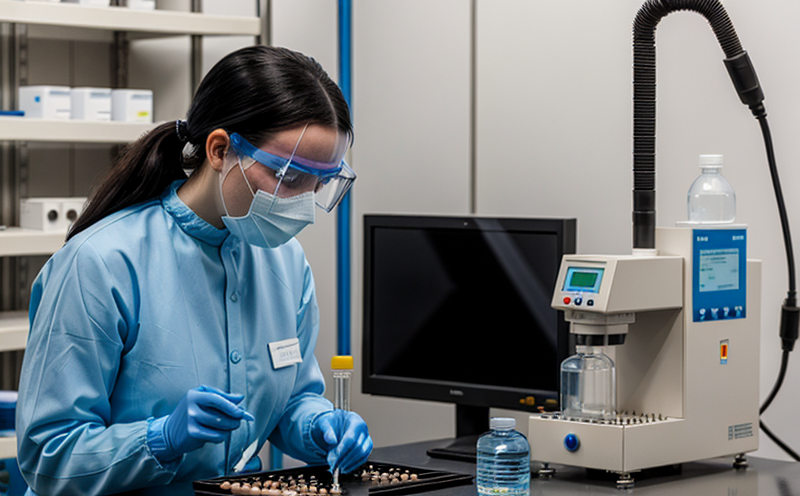Mycotoxin Impurity Profiling Testing
In the pharmaceutical sector, ensuring product purity is paramount. Mycotoxins, potent secondary metabolites produced by certain molds, can be hazardous contaminants in raw materials and final drug products. Mycotoxin impurity profiling testing plays a critical role in safeguarding public health by identifying and quantifying these potentially harmful compounds.
Mycotoxins are known to cause a variety of adverse effects ranging from acute toxicity to chronic health issues such as cancer, immunosuppression, and developmental defects. The presence of even trace amounts can lead to serious regulatory consequences. This testing service is essential for pharmaceutical companies aiming to meet stringent quality standards set by regulatory bodies like the USP, European Medicines Agency (EMA), and World Health Organization (WHO).
The process begins with thorough sample preparation, which may involve extraction, purification, and concentration steps tailored to the specific mycotoxin being analyzed. The use of advanced technologies such as liquid chromatography-mass spectrometry (LC-MS) allows for precise detection and quantification of multiple mycotoxins simultaneously.
The service provides comprehensive reports detailing the identity, concentration, and distribution of detected mycotoxins within pharmaceutical raw materials or finished products. This information is invaluable for quality control teams to make informed decisions about product release and process improvements. By offering this testing, we contribute significantly to maintaining high standards of drug safety and efficacy.
| Aspect | Description |
|---|---|
| Sample Preparation | Involves extraction, purification, and concentration of the sample to ensure accurate quantification. |
| Instrumentation | LC-MS for precise detection and quantification. |
| Data Analysis | In-depth interpretation of results to identify the presence and concentration of mycotoxins. |
Why It Matters
The global pharmaceutical market is expanding rapidly, driven by increasing healthcare needs and advancements in medical technology. Ensuring the safety of medicinal products is a key concern for regulatory authorities worldwide. Mycotoxin impurity profiling testing helps companies comply with these regulations while also protecting their reputation.
- Ensures product compliance with international standards like USP, EMA, and WHO guidelines.
- Maintains consumer trust by guaranteeing the safety of pharmaceutical products.
- Aids in process optimization to reduce contamination risks during production.
- Supports post-market surveillance for ongoing monitoring of product quality.
The stakes are high, especially given the potential for severe health impacts associated with mycotoxin exposure. By leveraging this testing service, pharmaceutical companies can mitigate these risks and contribute to better public health outcomes.
Frequently Asked Questions
Environmental and Sustainability Contributions
Beyond ensuring product safety, this testing service contributes positively to environmental sustainability. By detecting mycotoxin contamination early in the supply chain, we help reduce waste and improve efficiency. This not only minimizes resource consumption but also supports a more sustainable pharmaceutical industry.
- Reduces waste by preventing contaminated products from reaching the market.
- Improves resource use through efficient production processes.
- Supports a cleaner, safer environment by mitigating risks associated with mycotoxin exposure.





